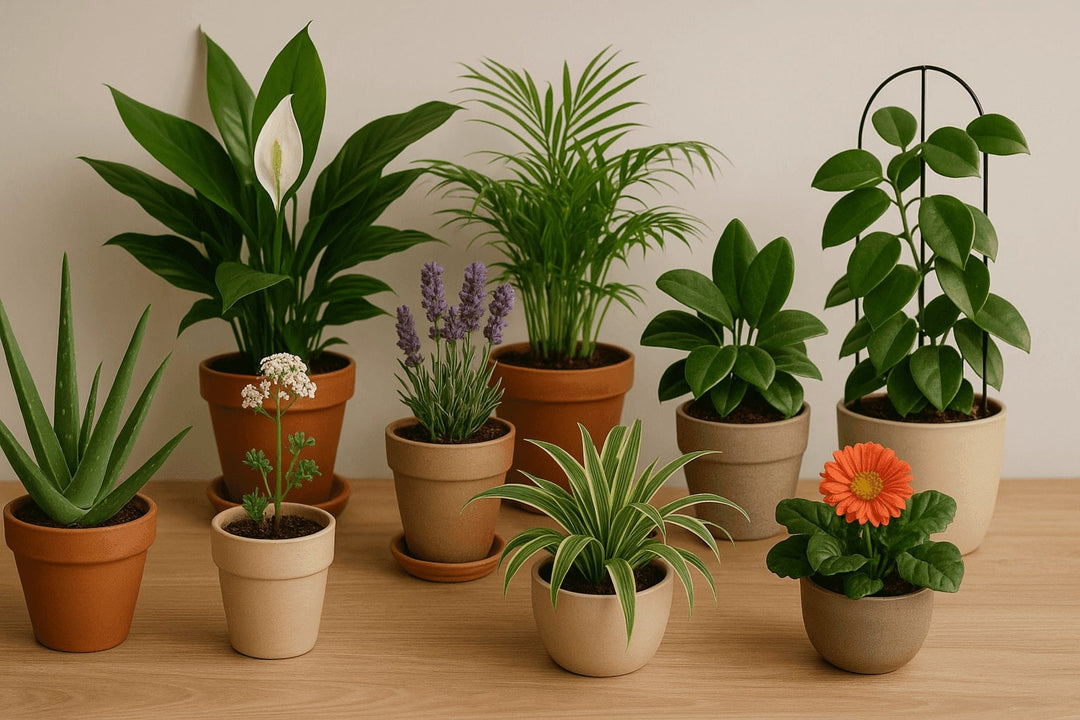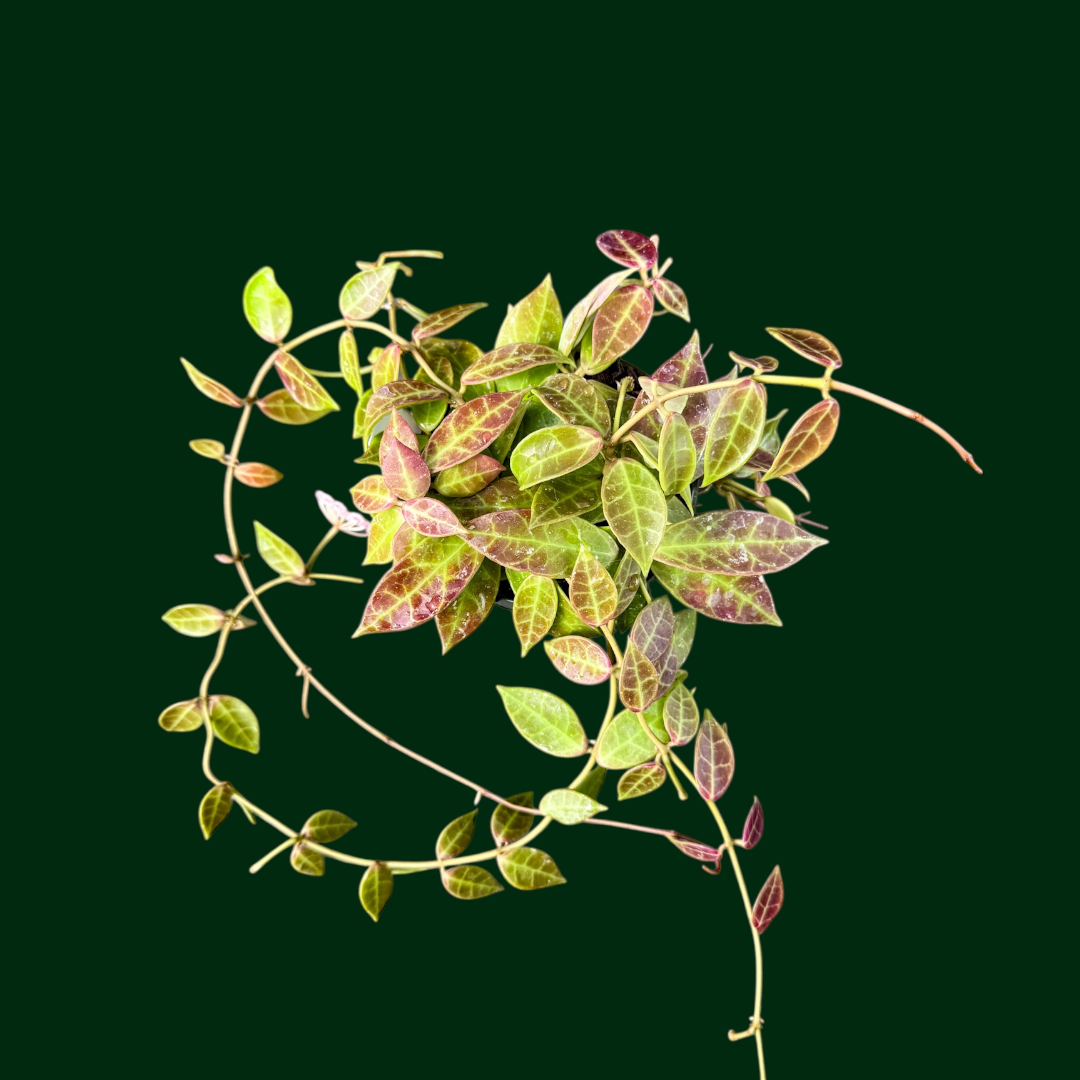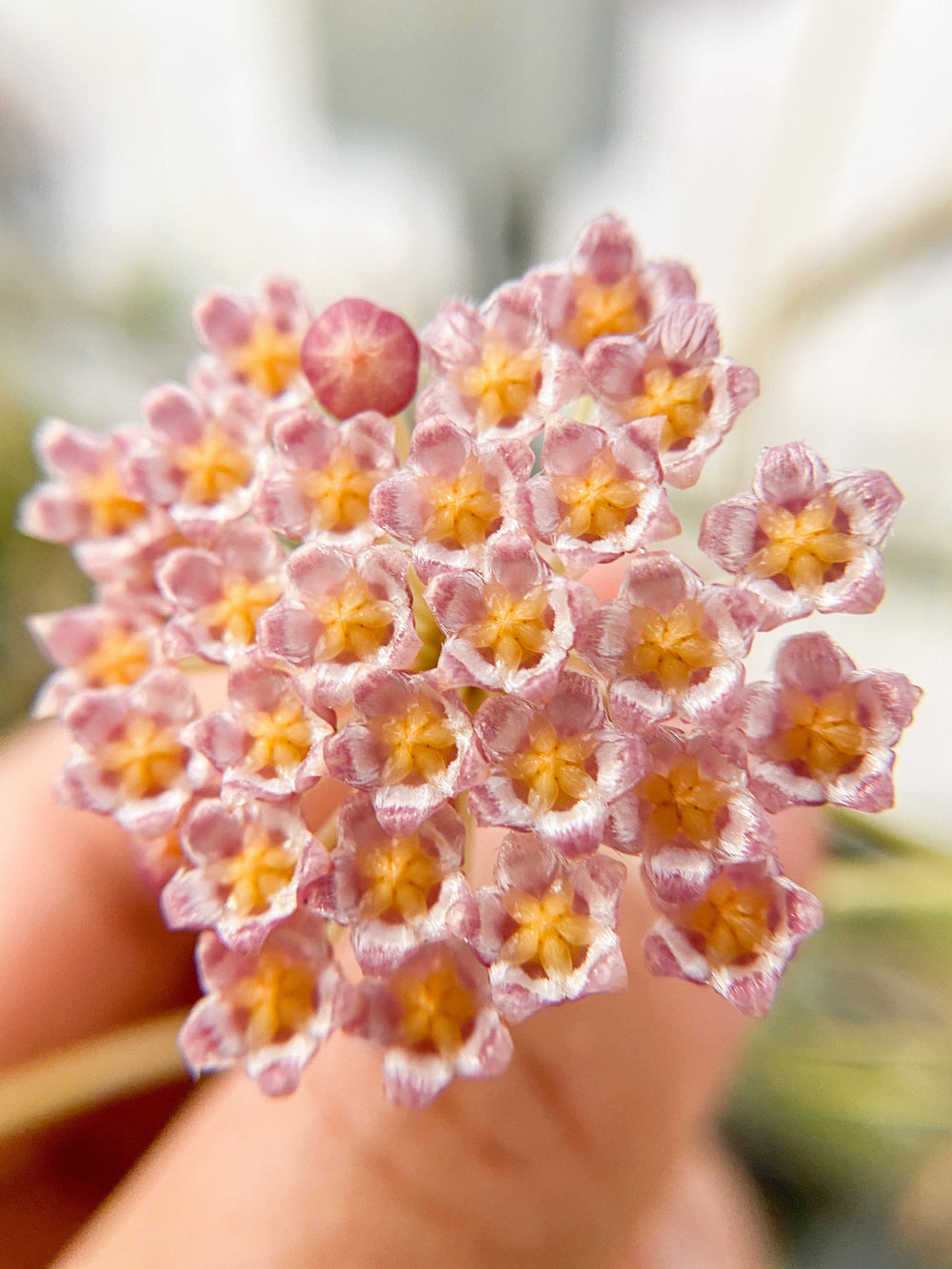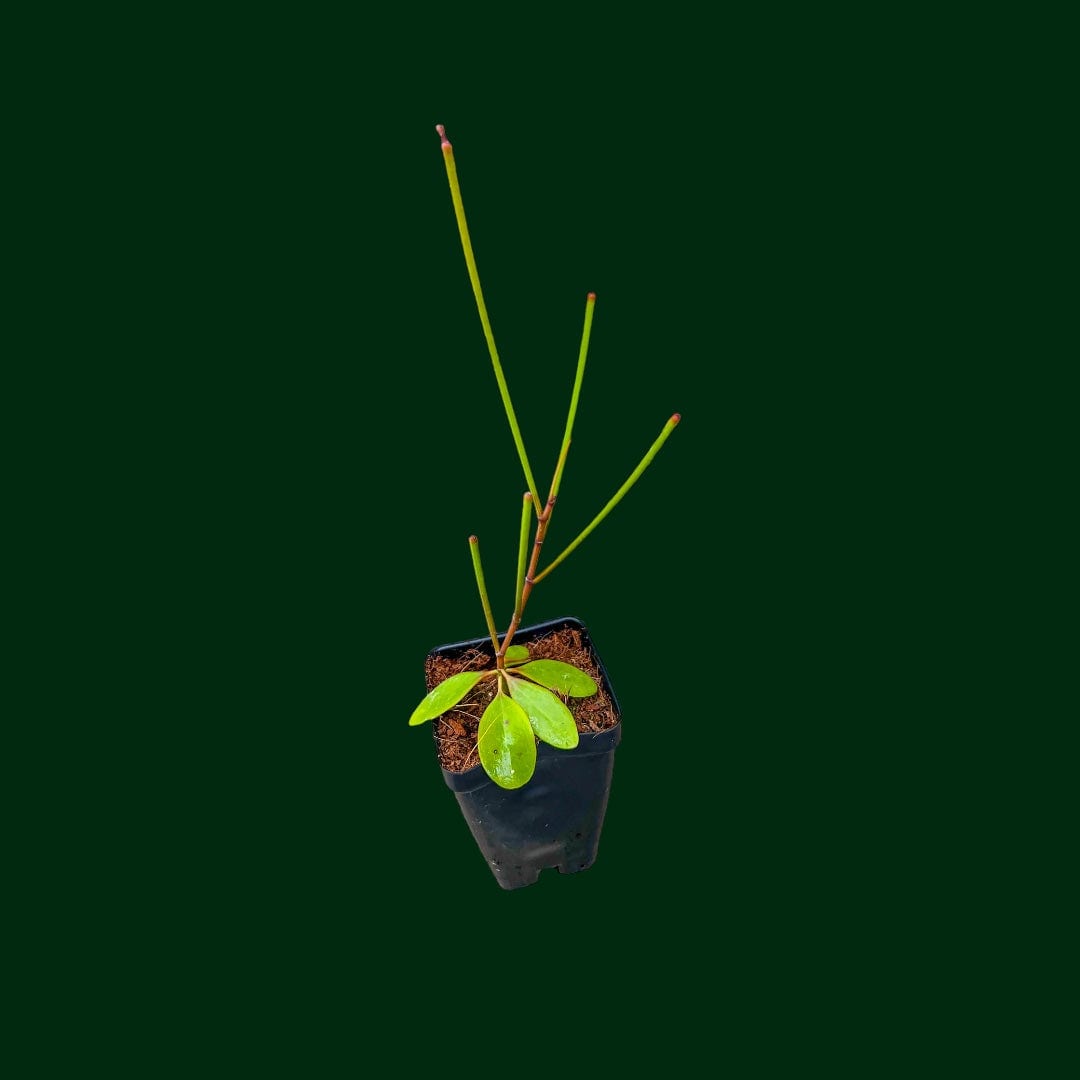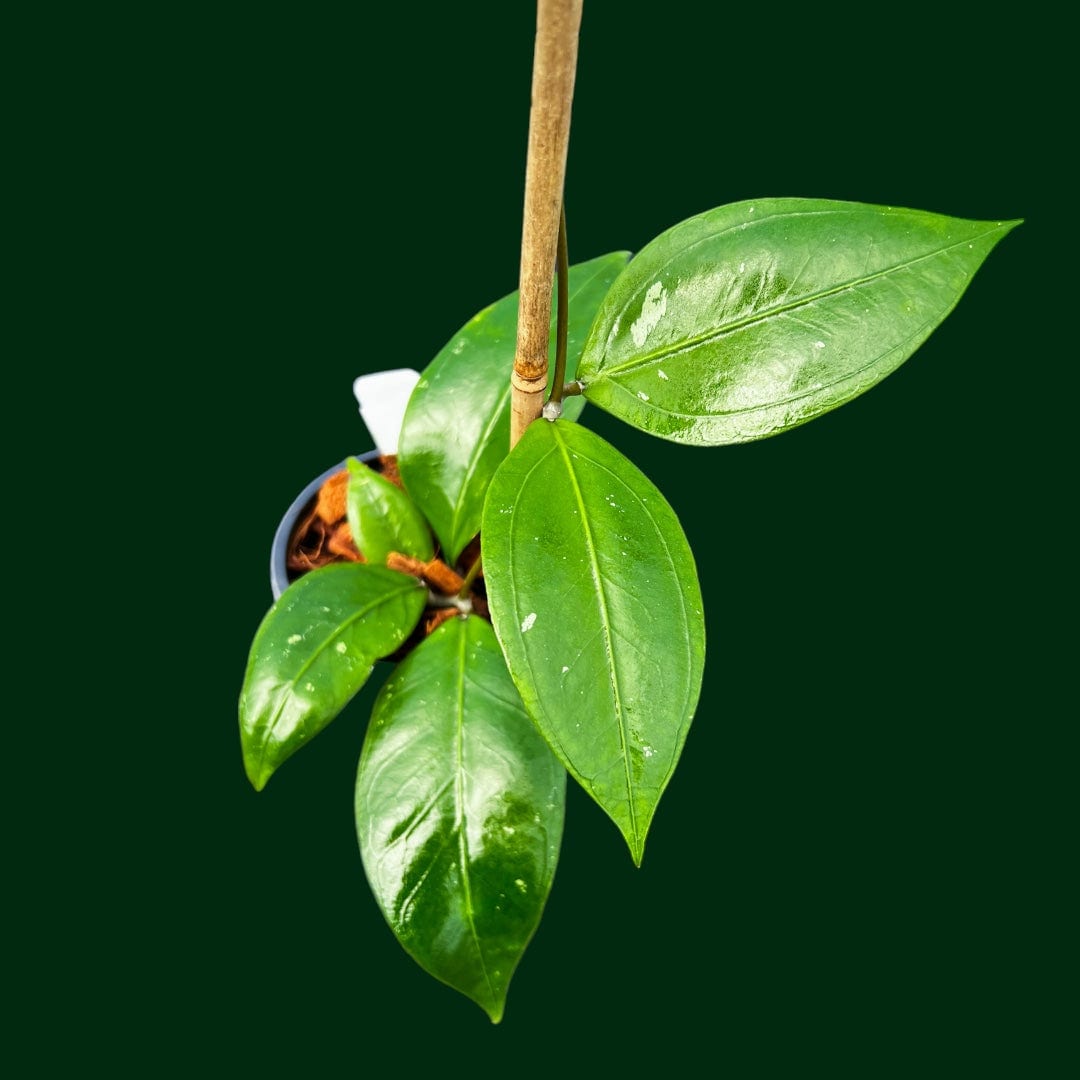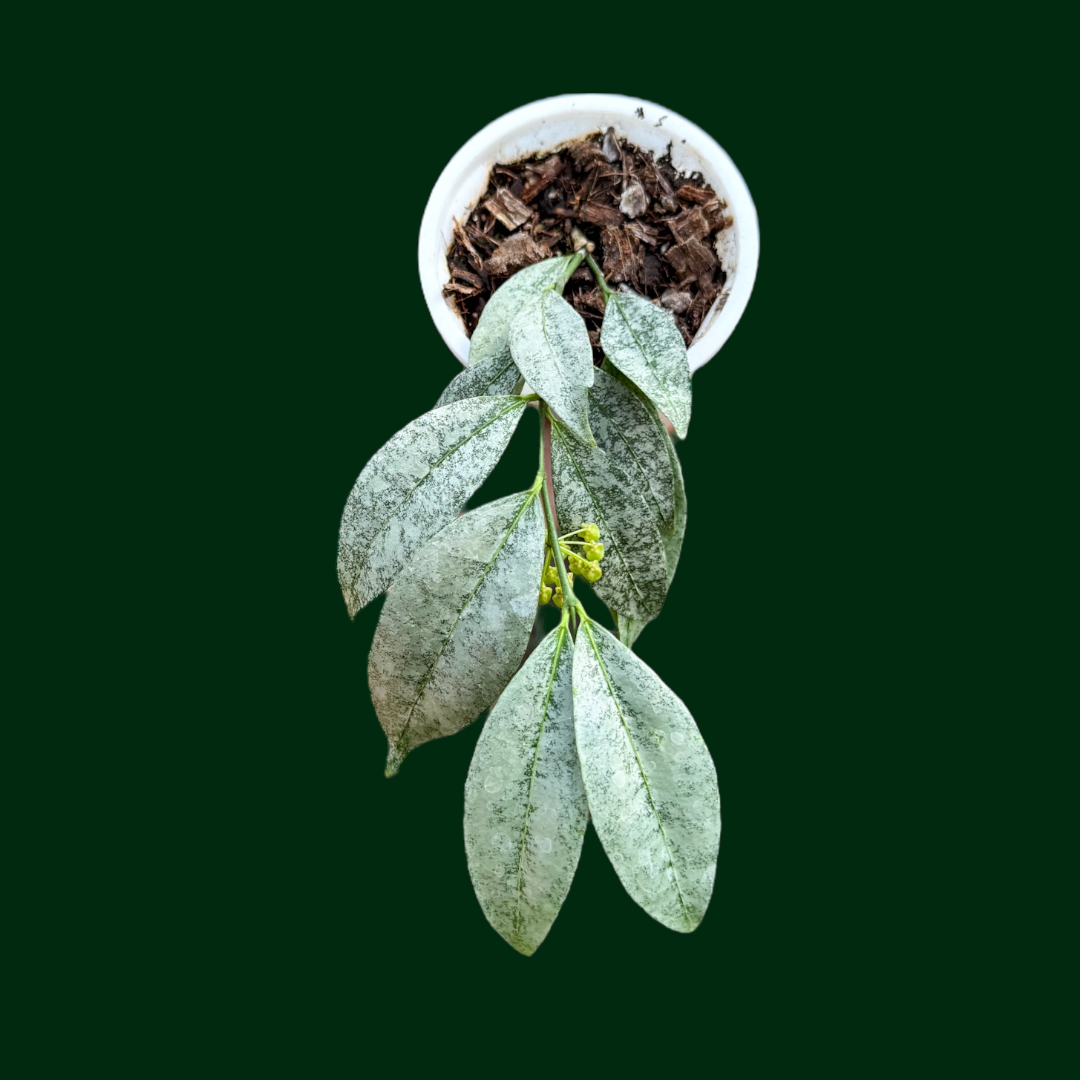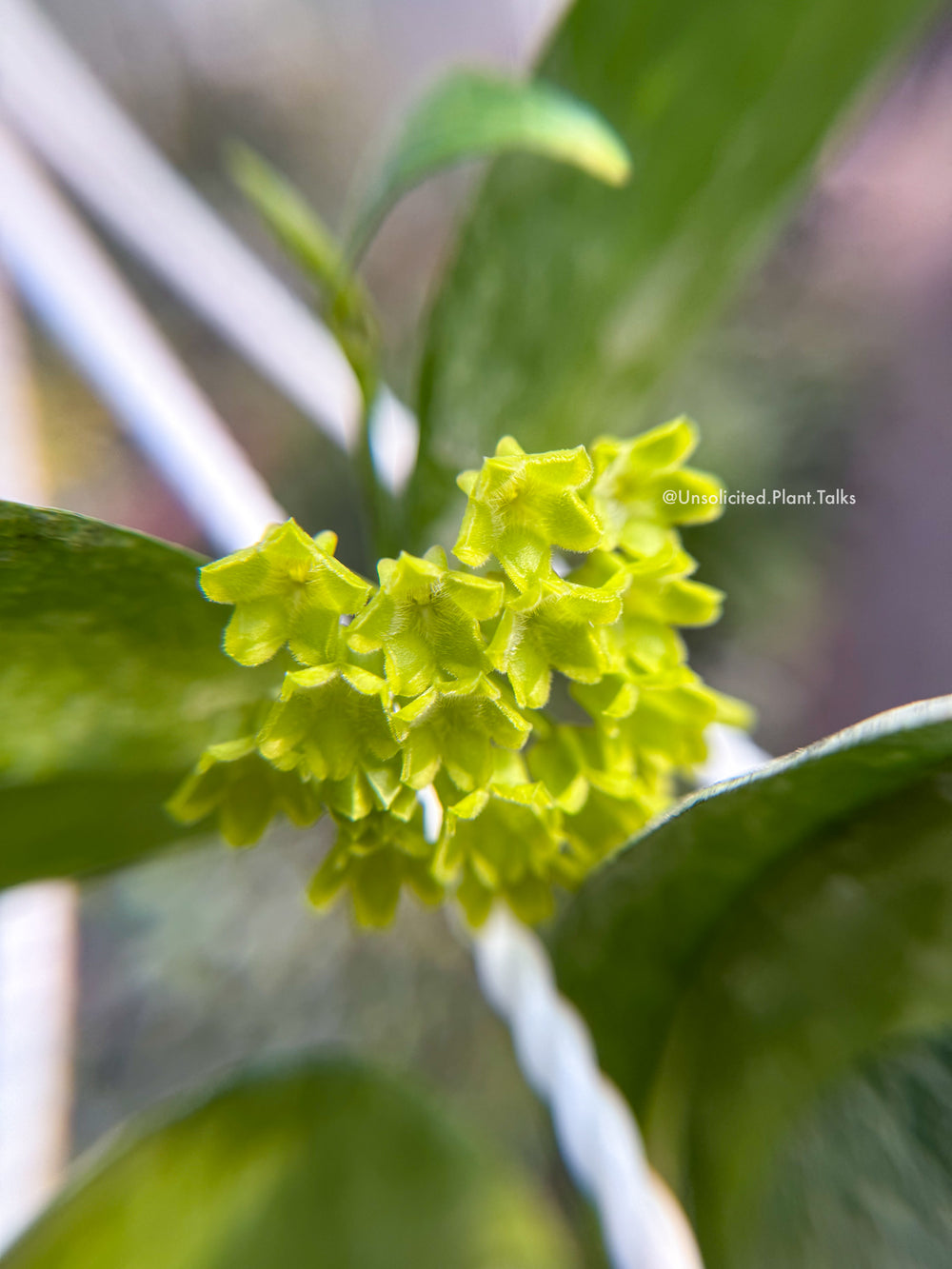How to Get Rid of Aphids On Houseplants
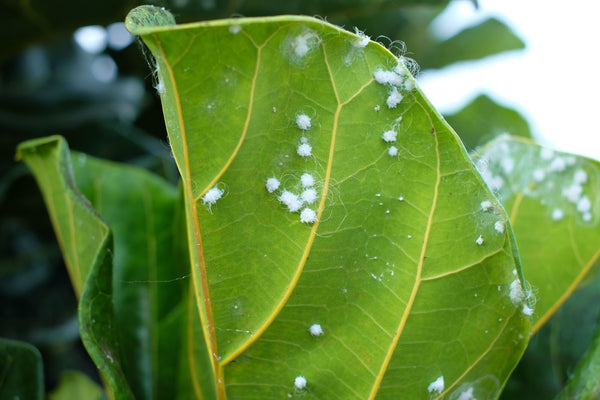
Table of Contents
- First Off, What Are Aphids?
- How to Spot Aphids
- How to Get Rid of Aphids on Houseplants
- How to Kill Aphids on Houseplants Long-Term
- Aphid Prevention Tips for a Pest-Free Jungle
- FAQs: Aphid Edition
- Aphids Don’t Stand a Chance
Aphids: tiny, squishy plant vampires that nobody invited to the indoor jungle party. If you've noticed sticky leaves, curling new growth, or weird white specks clustering on your houseplants — buckle up, plant parent. You might be dealing with an aphid infestation.
But don’t worry. We’ve all been there, and yes, you can win this leafy war.
Let’s get root-deep in how to get rid of aphids on houseplants — and keep them gone for good.
First Off, What Are Aphids?
Think of aphids as clingy plant freeloaders. They're tiny (like, barely visible unless you squint tiny) insects that love to snack on your plants’ sap. You’ll usually find them hanging out on the freshest growth — new leaves, flower buds, soft stems.
They come in several shades of annoying: green, brown, black, yellow, and yes, sometimes even white aphids on houseplants make an appearance.
They might look harmless at first, but these little pests reproduce faster than you can say “Hoya propagation station.” Left unchecked, they can seriously mess with your plant’s health — and your peace of mind.
How to Spot Aphids
Catching aphids early is key to a quick recovery. Here’s what to look for:
🚩 Leaves looking funky? If they’re curling, puckering, or turning yellow, it might not be a nutrient issue — it could be aphid damage.
🚩 Sticky situation: Aphids excrete a sugary substance called honeydew. If your plant feels tacky or looks shiny in a weird way, that’s the aphids’ calling card.
🚩 Little bug clusters: Check the undersides of leaves and new growth. Aphids tend to group up like tiny, clingy roommates.
🚩 Uninvited ants: Ants are weirdly obsessed with honeydew. If you see them crawling on your plants indoors, that’s a big red flag.
|
🌱 Pro tip: Don’t confuse aphids with mealybugs. Mealybugs look more like fuzzy cotton. Aphids are smoother, more tear-drop shaped, and often a bit translucent. |

How to Get Rid of Aphids on Houseplants
Let’s talk solutions. You don’t need fancy tools or harsh chemicals. Most of what you need is probably already in your kitchen cabinet.
#1 The Classic Soapy Water Spray
Let’s kick off the list with a classic.
-
Mix 1–2 teaspoons of gentle liquid dish soap into a spray bottle with lukewarm water.
-
Spray your plant generously—especially the undersides of the leaves and along the stems.
-
Let it sit for a few hours, then rinse with clean water to avoid soap buildup.
Repeat this every 3–5 days until the bugs are gone. Aphids are stubborn, but they’re not invincible.
|
💡 Why it works: The soap breaks down the aphids’ protective coating, basically dehydrating them without harming your plant (if used properly). |
#2 Neem Oil to the Rescue
If plant parenting came with a starter pack, neem oil would be in it. It’s natural, safe for houseplants, and super effective.
-
Mix according to label directions (usually with water and a little mild soap).
-
Spray generously and consistently. Neem works over time by disrupting the aphids’ life cycle.
|
🌱 Pro tip: Neem oil also has antifungal properties and helps deter other pests like spider mites and whiteflies. |
#3 Shower Power
Sometimes, all your plant needs is a good rinse. Take your plant to the sink or shower and gently blast it with lukewarm water. This knocks off a good chunk of the aphids — especially the ones hiding in leaf folds or crevices.
Just be gentle if your plant is delicate. Your Calathea doesn’t need a power wash.
#4 Prune and Isolate
Got a few leaves that are really infested or damaged? Snip-snip. Removing them lightens the load on the plant and helps control the spread.
And don’t forget to quarantine your infested plant. Aphids don’t care about personal space — they’ll hop to your other plants if you let them.
How to Kill Aphids on Houseplants Long-Term
Getting rid of aphids isn’t just a one-spray-and-done situation. These little pests are sneaky, stubborn, and multiply fast.
Think of this as a layered defense strategy — you’re breaking their life cycle, targeting adults and baby aphids (yep, they come in generations), and building your plant’s resilience over time.
Here’s your full arsenal:
Consistency Is Queen
A single spray might knock them back, but aphids lay eggs like it’s their full-time job. That’s why repeating treatments every few days for at least 2 weeks is crucial.
Even if you don’t see aphids after the first treatment, keep going. Some might be hiding, and those eggs? They don’t care about your confidence.
Set a reminder. Make it a ritual. Put on your favorite playlist and get misting.
Layer Your Weapons
Using soapy water and neem oil (alternating days) is a one-two punch. Soap knocks down the active adults. Neem messes with their reproduction and feeding. It’s like tagging in both Batman and Robin.
You can also rotate in horticultural oil or insecticidal sprays labeled for aphids, especially for persistent infestations. Just avoid overdoing it — some sensitive plants can get cranky if sprayed too often.
Go Natural (If You’ve Got Outdoor Plants)
If you’re moving houseplants outside for the season or just dealing with aphids on patio plants, beneficial bugs are your besties. Ladybugs, lacewings, and parasitic wasps are the tiny murder machines aphids never see coming.
You can even buy ladybugs online and release them in your garden (seriously, it’s a vibe).
Clean Up the Collateral
Aphids aren’t just annoying — they leave messes. Honeydew = sticky mold-prone surfaces, and that residue can attract other pests. Wipe down leaves, clean up any dropped foliage, and check your windowsills and shelves too.

Aphid Prevention Tips for a Pest-Free Jungle
You’ve cleared the aphids — now let’s make sure they don’t book a return trip:
🌱 Quarantine Incoming Plants
We know. You just brought home that dreamy variegated Hoya, and you want to show it off. But pause. Isolate all new plants for 1–2 weeks before adding them to your collection. Aphids (and other pests) often hitchhike in unnoticed.
🌱 Wipe and Inspect Weekly
Make it a part of your plant care ritual. Wipe down leaves with a damp cloth, flip them over, and check new growth zones. Early signs mean easy fixes.
🌱 Keep Air Flowing
Aphids love stagnant, humid spots. Good air circulation keeps leaves dry and makes your space less comfy for pests. Use a fan or open a window when you can (but pop a screen in place to keep critters out).
🌱 Don’t Over-Fertilize
Aphids are addicted to lush, tender new growth, which is exactly what happens when you go too hard on fertilizer. Stick to a balanced feeding schedule and skip the heavy-handed pour.
🌱 Clean Tools, Clean Pots, Clean Hands
If you’re reusing pots or pruners, give them a good wash. Many plant problems start with cross-contamination, especially when aphids or their eggs are chilling in that old nursery pot from 2022.
🌱 Avoid Overcrowding
We love a jungle aesthetic, but plants packed too tightly together can create the perfect environment for pests to hide and spread. Give them space to breathe (and you’ll thank yourself when it’s time to water or inspect).
FAQs: Aphid Edition
Are white aphids worse than green ones?
Not worse — just different in color. White aphids might be younger or just a different species. Either way, they’ve gotta go.
Can aphids kill a plant?
They can, if left unchecked, especially on smaller or already stressed plants. But if you act quickly, your plant has a great shot at bouncing back.
Will aphids spread to my other houseplants?
You bet they will. That’s why isolating the infested plant is so important. Treat it like it has the sniffles and give it some alone time.
I used a vinegar spray; is that okay?
Vinegar can damage plant leaves, especially indoors. Stick to neem oil or soapy water for safer, proven results.
How do aphids even get inside my house??
They’re sneaky hitchhikers — often arriving on new plants, cut flowers, or through open windows in warmer months. Sometimes, they just… appear. Magic? Maybe.
Aphids Don’t Stand a Chance
Dealing with pests isn’t fun. But it’s part of the plant parent journey. And now you’ve got the know-how (and the spray bottle) to tackle aphids like a pro.
Your plants will thank you with fresh growth, fewer pests, and zero sticky surprises. So go ahead — treat yourself to a new variegated Hoya or check out our pest-free collection. You’ve earned it.




